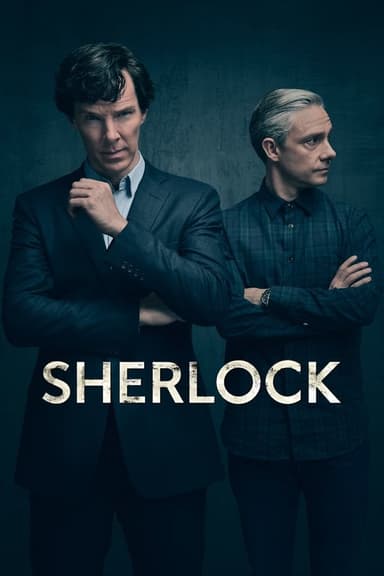
Streets of Broken Lights
1998 • Action & Adventure, Comedy, Drama, Mystery
Russian detectives unwind the ball of the most intricate and cruel crimes. They are consummate professionals, the best cops in town. Even on the most dangerous missions, this quartet never loses their sense of humor. It is it that helps them find the most incredible ways out of any situation. They uphold the law and emerge victorious.
Why you should read the novel
Reading Andrey Kivinov’s original 'Chronicles of the Street-Rat Cops' offers a raw, authentic glimpse into the lives of real Russian police officers. The novels present not just crimes, but deep insights into the people behind the badge, their internal conflicts, and the authentic St. Petersburg backdrop unseen on television. Through Kivinov's intimate storytelling, readers are pulled into a layered world of morality, struggle, and quiet triumphs that cannot be matched by any screen adaptation.
Books allow you to immerse yourself in a richer psychological portrait of each character. The inner thoughts, fears, and motivations behind their actions become vivid, offering a more nuanced understanding than the show’s visual or dialogue-driven format could provide. This introspective quality gives depth and empathy to characters who may appear withdrawn or ambiguous on screen.
Furthermore, the source material is unfiltered by the constraints of television. Scenes of violence, bureaucracy, and emotional turbulence are more detailed, raw, and impactful. By reading the originals, you access stories the series could only hint at, gaining a more profound appreciation for the world Kivinov created.
Adaptation differences
One of the main differences between the TV series and Kivinov's novels is the level of realism and psychological depth. While the books delve deeply into the internal monologues and emotional complexity of each officer, the show often relies on visual cues and dialogue, sacrificing some of the nuances and motivations found in the source material.
Character development is also notably different. In the novels, side characters receive ample attention, with entire subplots dedicated to their personal struggles and moral dilemmas. On television, screen time is limited, and many of these arcs are shortened or removed altogether, leading to a sharper but sometimes less empathetic portrayal.
Additionally, several plotlines in the show are either simplified or adapted for a broader audience. The books confront dark, sometimes controversial themes, including police corruption, personal trauma, and the bureaucracy of law enforcement in post-Soviet Russia. The TV adaptation tames or omits many of these scenes to comply with regulations and mainstream viewer sensibilities.
Finally, the atmosphere and pace differ significantly. Kivinov's books have a slow-burning, immersive feel, inviting readers to linger in the gritty realism of St. Petersburg. The television series, on the other hand, tends towards faster pacing, prioritizing episodic structure and action to maintain viewer engagement, which can come at the expense of the depth and authenticity present in the literary original.
Streets of Broken Lights inspired from
The Chronicles of the Street-Rat Cops (Chronicles of the Cops from the Backstreets)
by Andrey Kivinov



